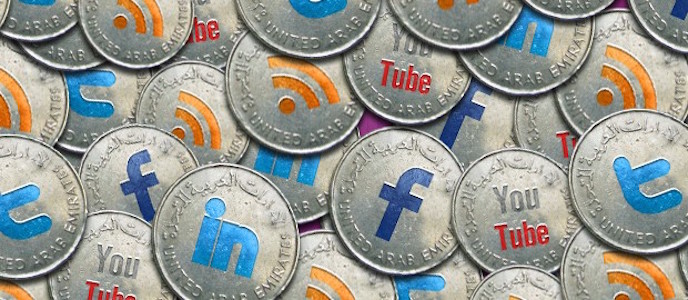It’s true that you don’t need to be famous in order to be rich and successful. You can amass your wealth and quietly grow your empire without too many people noticing. However, especially in today’s age of the Internet, being well connected can be of tremendous benefit to you, regardless of the kind of business that you choose to run.
And this leads us to the concept of “social currency.” This concept existed before social media really became a thing, but it has become even more relevant since the rise of Twitter, Facebook, LinkedIn, YouTube, Buzzfeed and the rest of it. Basically, social currency refers to your level of online influence. It refers to how much access to you have to other influencers and how able you are to leverage those relationships to your benefit.
While it is hardly comprehensive or even necessarily accurate, a tool like Klout would be one way to measure the social currency or online “clout” that a person or brand has on the Internet. Social currency can also be used to describe the credibility that a brand or person has on the web.

If you’ve got a lot of social currency (which is related to social capital), then it means that you’ve likely got a lot of reach. You’re likely also well connected with other people who similarly have a lot of social currency, which also boosts your own social currency. Funny how that works.
So, what does all of this mean? When you have built up a lot of social currency, you gain the increased ability to have your content go viral. Your content is more likely to be seen by more people (traffic), it’s more likely to be shared and get clicks (referrals), and it’s more likely to put more money in your pocket (sales/conversions). The million dollar question, then, is how do you do it?
A big part of this has to do with developing relationships with people who are influential (i.e., have a lot of social currency) in your niche or industry. This is part of why John is friends with people like Shoemoney and Zac Johnson. You expand your audience when you befriend the right people. The second fundamental point to understand is that people are more likely to share what makes them look good.
Let’s use a fairly common example. Let’s say that you run a gadget blog and you want to compare the camera capabilities of the Apple iPhone 6 and the Samsung Galaxy S6. After you go through a series of different test shots, let’s say that you decide the S6 has the better camera. Who is more likely to share this post? Samsung/Android fans or Apple fans?
The answer is pretty clear. The people who already like Samsung products are much more likely to share that post, because it re-affirms something that they already know or believe. People who like Apple products are less likely to share, because they’ll likely disagree with your conclusion. Other gadget blogs that cover Android smartphones are more likely to share your post, because it will be in line with what their readers want to see. You gain social currency among those users, but you might lose social currency among the iPhone fanbase.

It’s not even about alienating one audience in favor of another either. As the Kissmetrics Blog points out, a big part of developing your social currency is to discover the remarkability of your product or service. The “Will It Blend?” series from Blendtec is a great example of this. It got shared, because it was remarkable.
And people like to share things that are remarkable, because it makes them look knowledgeable or cool: “I’ve been saying all along that Blendtec blenders are terrific; here’s proof.” This is just like people sharing all of their positive life experiences — eating at fancy restaurants or hitting up exotic locales — on Facebook and Instagram. They want to look good in front of their peers.
When you’re able to leverage the power of these “influencers” and get them to *want* to share your content, you’ve earned yourself some serious social currency.